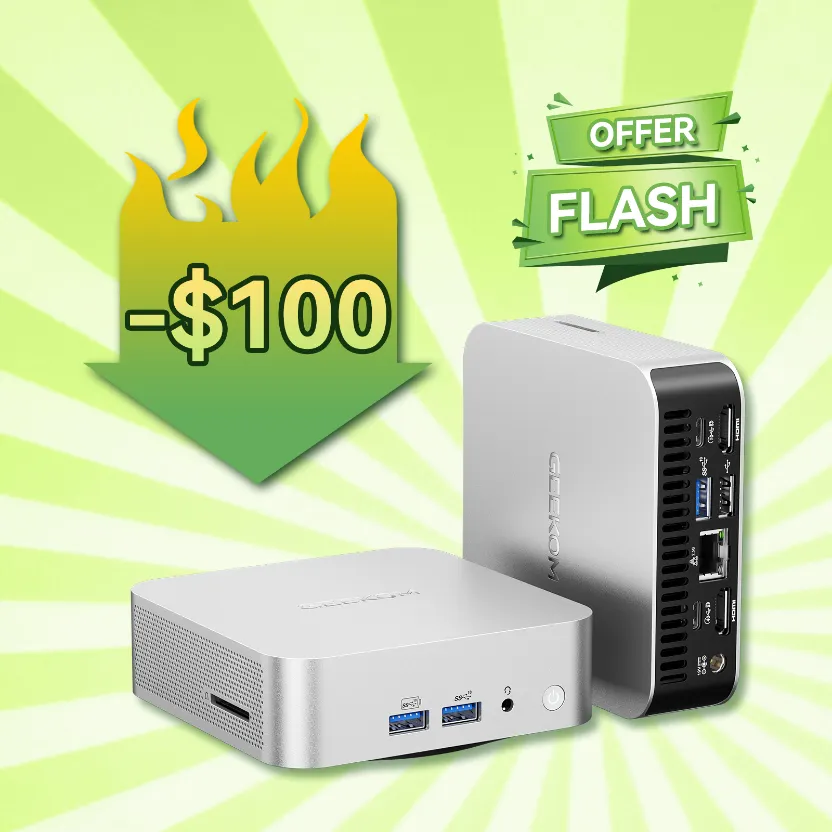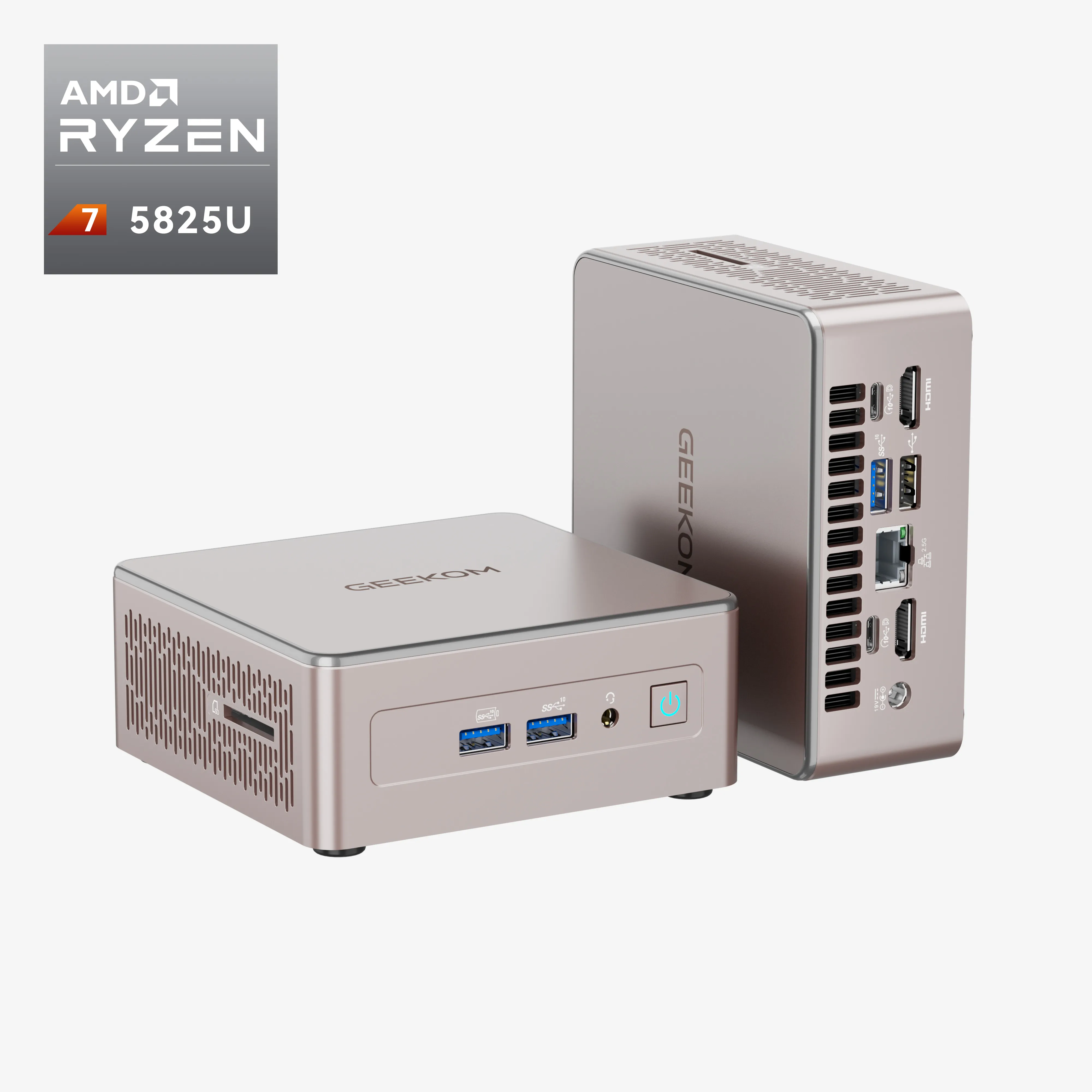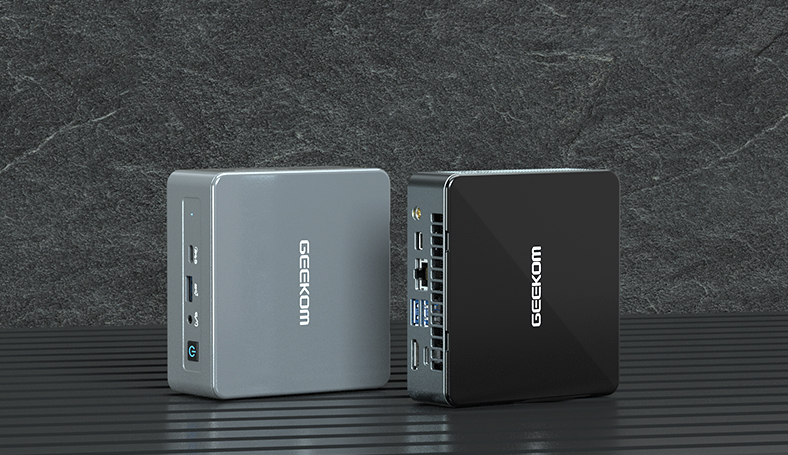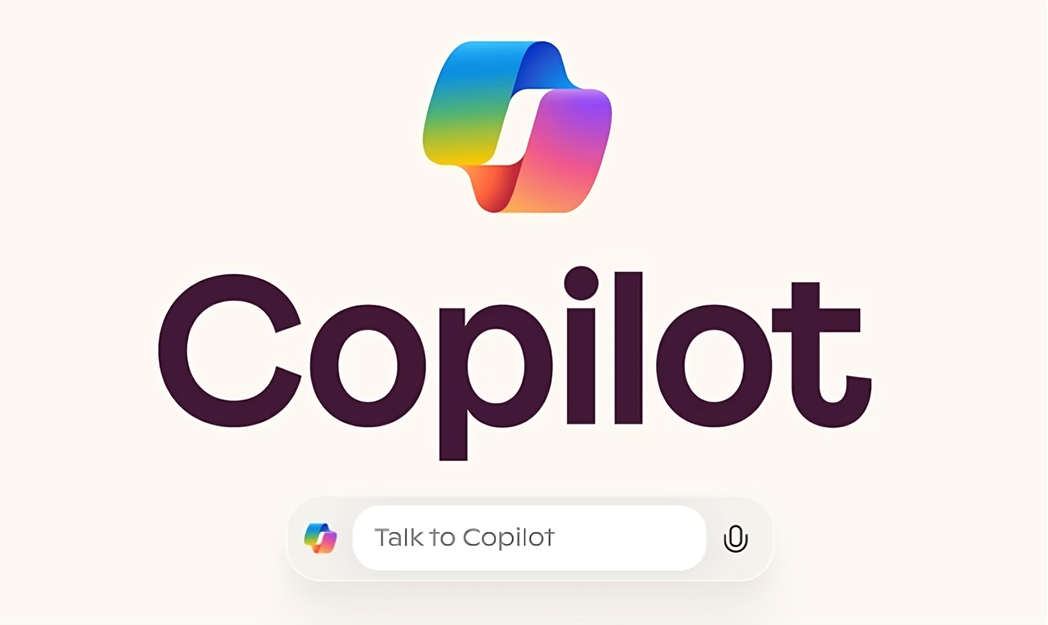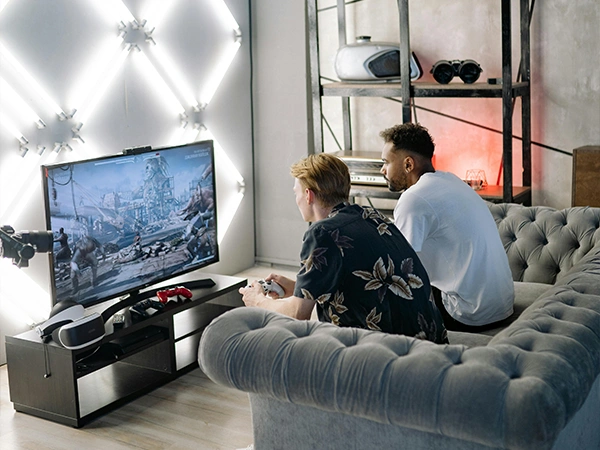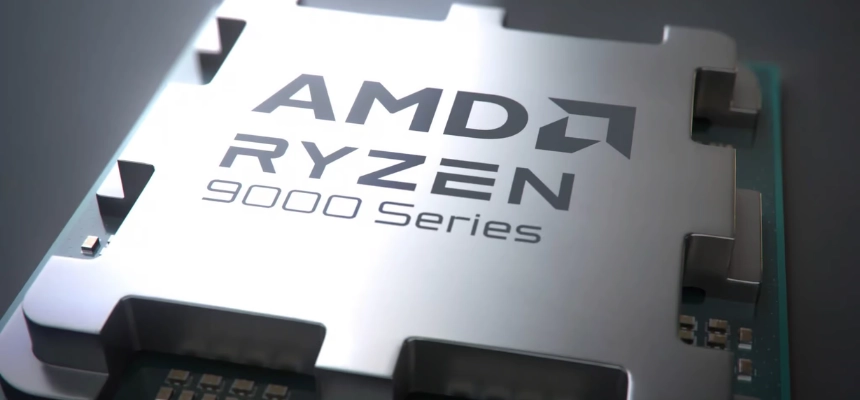Are you in the market for a new computer but don’t have a lot of space in your home or office? Or perhaps you’re looking for a budget-friendly option that won’t break the bank? Look no further than the mini PC.
When it comes to buying a mini PC, budget is key. You don’t want to overspend on a computer that doesn’t fit your needs, but you also don’t want to skimp on quality and end up with a subpar product.
That’s where we come in. We’ve researched and compiled a list of the best mini PCs under $500 to help you find the perfect computer for your needs.
Why Mini PCs Are the Best Choice for Budget-Conscious Consumers?
With a budget of $500, you can choose a good mini PC that offers a powerful computing experience with high-quality components and features.
For example, you can find mini PCs with Intel Core i5 or i7 processors, 16GB of RAM, and a 512GB SSD, all for under $500.
These specs provide enough power and storage to handle everyday tasks such as web browsing, email, and streaming videos, as well as more demanding tasks such as photo and video editing.
On the other hand, if you were to spend the same amount of money on a desktop computer, you would likely end up with a low-configuration product.
For instance, you may get a computer with a slower processor, less RAM, and a smaller hard drive. This means that the computer may struggle to handle more demanding tasks and could end up frustrating you in the long run.
In addition to their affordability, mini PCs are also energy-efficient. Their compact design means they consume less power than traditional desktops, which can help you save money on your electricity bill over time.
Another cost-saving benefit of mini PCs is their longevity. Unlike traditional desktops and laptops, which can become outdated quickly, mini PCs have a longer lifespan due to their compact design and lower power consumption.
In summary, if you have a budget of $500 or less, a mini PC is the better choice compared to a desktop computer.
Best Mini PCs under $500
When it comes to finding the best mini PC under $500, there are many options available in the market. However, to make it easier for you, we have researched and compiled a list of the top mini PCs under $500, based on their features, performance, and value for money.
GEEKOM Mini IT11
The Mini IT11 is a highly-rated mini PC that offers excellent performance and reliability. It is equipped with an 11th Intel Core i7 processor (This is not common in budgets under $500) and comes with 16GB of RAM and a 512GB SSD.
It also comes with a variety of ports, including USB 4, USB-A, DisplayPort, and Ethernet, and has built-in Wi-Fi 6 and Bluetooth connectivity. The Mini IT11 is an excellent choice if you need a mini PC that can handle more demanding tasks such as video editing or light gaming.
Pros:
- Powerful processor
- Plenty of ports and connectivity options
- Excellent performance
Cons:
- Expensive compared to other options on this list
GEEKOM Mini IT8
Mini IT8 is another powerful mini PC with an Intel Core i5 processor, 16GB of RAM, and 512GB of SSD storage. It is slightly less expensive than the Mini IT11. Its compact design makes it an excellent fit for those who have limited desk space.
Pros:
- Compact and customizable design
- Plenty of ports and connectivity options
- Affordable price point
Cons:
- No dedicated graphics card
GEEKOM MiniAir 11
MiniAir 11 is the most affordable mini PC on this list, which is less than half the budget of $500. It is ideal for basic tasks like web browsing, email, and word processing. It has an Intel Celeron processor, 8GB of RAM, and 256GB of SSD storage.
Pros:
- Affordable price point
- Energy-efficient design
- Compact and portable
Cons:
- Limited storage and memory
Factors to Consider While Buying a Mini PC Under $500
Although, for the same price, you can get a mini PC with way better specs than a desktop computer, there are not a few mini PCs that cost less than $500 in the market.
So, when you’re ready to buy, there are several factors that you should consider to ensure you get the best value for your money.
Processor
The processor is the brain of the computer, and it determines the speed and performance of the device. Below are some considerations when it comes to the processor:
- Intel or AMD? Intel and AMD are the two main brands of processors in the market. Both have their strengths and weaknesses, so it’s important to research which one fits your needs.
- Number of cores? The more cores a processor has, the better it can handle multitasking and heavy workloads.
- Clock speed? The clock speed measures how fast the processor can execute instructions. A higher clock speed means faster processing.
- Integrated graphics? Some processors come with integrated graphics, which means you don’t need a separate graphics card. This can save you money and space.
RAM
RAM (Random Access Memory) is the temporary memory that a computer uses to store data that it’s currently using. The more RAM a computer has, the more applications it can run simultaneously without slowing down. Consider the following when it comes to RAM:
- Minimum requirement? 8GB of RAM is the minimum recommended for most users. However, if you plan on doing heavy multitasking or running demanding applications, you might need more.
- Type of RAM? There are different types of RAM, such as DDR3 and DDR4. Make sure the mini PC you’re buying supports the type of RAM you want to use.
Storage
Storage is where the computer stores all its data, such as the operating system, applications, and files. When it comes to storage, consider the following:
- Type of storage? There are two main types of storage: HDD (Hard Disk Drive) and SSD (Solid State Drive). SSD is faster and more reliable than HDD, but it’s also more expensive.
- Capacity? The capacity of the storage determines how much data the computer can store. A minimum of 256GB is recommended for most users, but if you have a lot of files or plan on installing many applications, you might need more.
Connectivity
Mini PCs usually don’t have as many ports as traditional desktops, so it’s important to make sure it has the ports you need. Consider the following:
- USB ports? USB ports are used for connecting peripherals such as keyboards, mice, and external hard drives. Make sure the mini PC has enough USB ports for your needs.
- Video outputs? If you plan on using the mini PC as a media centre or for gaming, make sure it has the video outputs you need, such as HDMI or DisplayPort.
- Wireless connectivity? Most mini PCs come with built-in Wi-Fi and Bluetooth but make sure the mini PC you’re buying has the version you need (e.g., Wi-Fi5 or Wi-Fi6).
Conclusion
Investing in a high-quality mini PC can provide a significant improvement in your computing experience while also saving you valuable desk space. We hope this guide has helped you find the best mini PC under $500. Visit GEEKOM today to find the perfect mini PC for your needs and budget.








